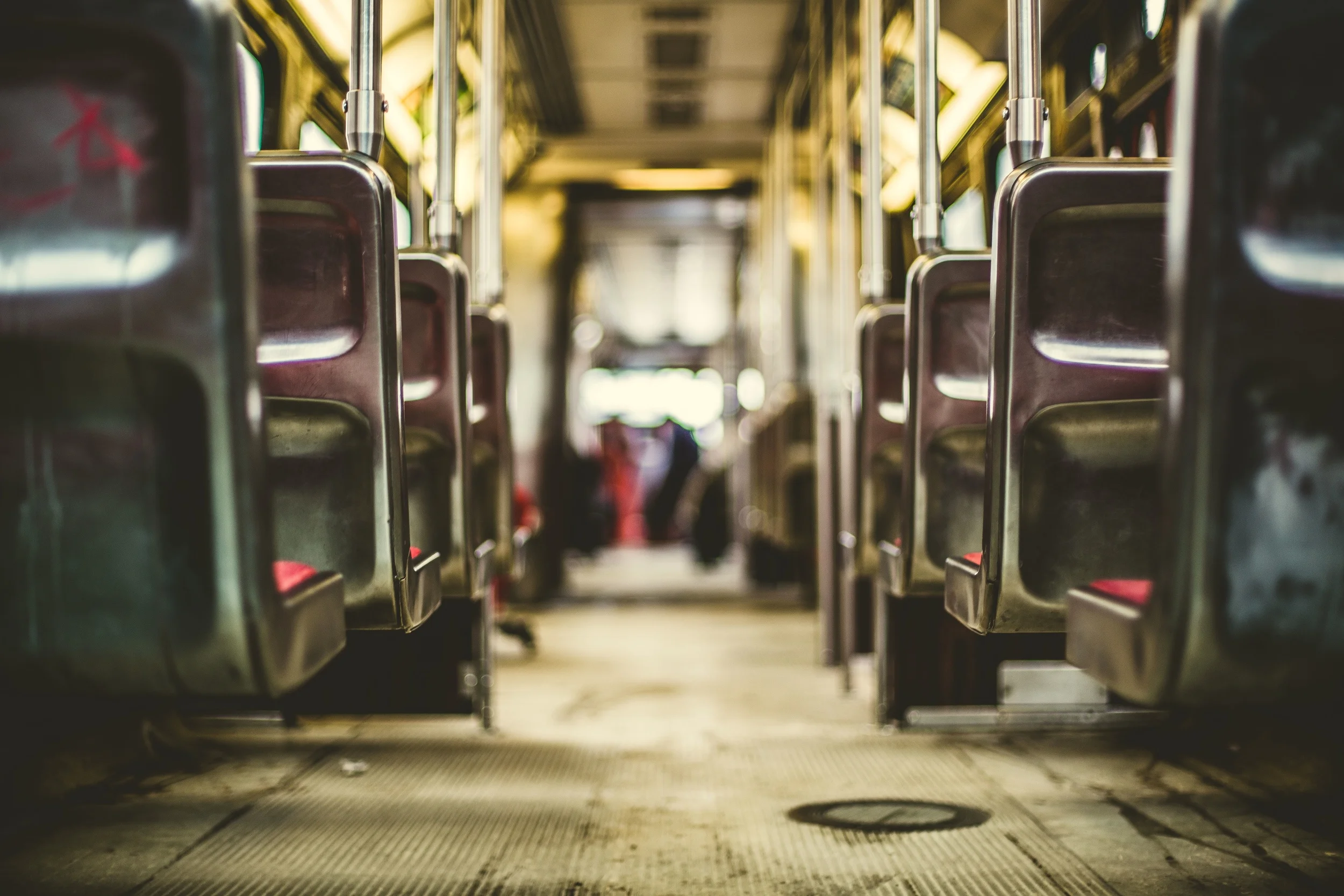Racism, Future: Let's Mix it Up
/By Denise Balkissoon
Officially, Toronto is way multicultural. In my experience, it’s increasingly segregated. Aside from the subway at rush hour, I see deepening cliques and enclaves. Some of them don’t bother me as much as others—the white crowd at a Neko Case show is no biggie, the white crowd at the National Magazine Awards very frustrating—but the overall effect isn’t the city where I want to live.
We’ve long known that Toronto is split geographically by income, and that the growing low-income areas tend to be majority non-white. Poverty is definitely racialized in this city and it’s impossible to talk about racism without noting that all of the ways that people can be marginalized are infuriatingly linked. Remember, ethnic segregation in Toronto isn’t just about poverty—middle-class and affluent people often live in ethnic enclaves long after they’ve earned enough to have wider housing choices.
Now, I like that I can get three different Jamaican dishes from three different restaurants on Eglinton West. I'm currently soliciting invitations to go dancing at one of the Ethiopian nightspots on Danforth. But rigid enclaves can encourage an Us and Them attitude, especially since, in hyper-diverse 2012 Toronto, “racism” doesn’t just mean Anglos versus everyone else. Plenty of ethnic groups are ok with white people, but continue to throw shade at other ethnicities. Old country beef fought out in the new land keeps dominant groups dominant—grudges and in-fighting allows the historical cream to stay on top. Lack of interaction gives suspicion an incubator in which to flourish.
It also reduces individuals to members of a group whose challenges are personal failings, or whose accomplishments are bestowed, not earned. University of Michigan professor Elizabeth Anderson studied the effects of segregation on black and white residents of Detroit. Segregation keeps people cut off from another group’s “social capital,” she says, like offhand news about job opportunities. It also restricts “cultural capital”—in-group employers have a limited view of who might be good at that job, while outside applicants don’t dress, speak or perform in a way that would give them a chance. Anderson believes segregation can undermine democracy itself: when channels of communication are blocked by fear, apathy and prejudice, “elites are clubby, insular, ignorant, unaccountable and irresponsible.”
The solution isn't assimilation, where everyone takes on the attributes of one privileged group. It's integration, where we hang out enough to understand and respect each others cultures and attitudes, while maintaining our own self-esteem and ways of life. I’d like to find a way to keep Bloor and Christie a panoply of bi bim bap while encouraging everybody to mix it up. There are lots of good ideas out there, like soccer tournaments and discussion groups, that encourage interaction, including the ongoing revitalization of Regent Park.
The benefits are felt on both sides. Take Fabarnak, the cafeteria in the 519 Community Centre that trains newcomers, recovering addicts and queer youth for food service careers. On my first visit, I thought the food was terrific, but found the servers frustratingly timid and amateur (also I'm a total grouch at breakfast). At my next meal, the same servers were confident, interactive and also accomplished. I got to see how a little bit of time and practice helps people take on the wider world. I also re-evaluated my own frustration. Diversity is a verb, not a noun, one that requires being patient, and trying to understand, even for an hour, where someone else is coming from.
In 2000, Raleigh, North Carolina, made a serious attempt to improve the grades of low-income students, who were mainly black and Latino. Using a complicated and controversial system, it distributed its 120,000 students with the ultimate goal of making sure no school had a low-income population over 40 per cent. There was a lot of bussing, and a lot of complaints. Five years later, 40 per cent more black students, and 12 per cent more Latino students, were performing at the grade level they were supposed to. Integration as policy is possible, and the results can be great. Elizabeth Anderson shows that over time, people who grow up in integrated environments choose to live in them as adults.
Improving integration should become an argument for some of the things Toronto already wants, like better transit—helping downtowners and suburbanites commute, or simply check out each others’ neighbourhoods, in this frustratingly divided city. We need philosophy and discussion, and then we need concrete ideas. I’m not going to force Neko Case tickets on Vietnamese kids, but what about getting every nine-year-old in the city into an annual soccer tournament? It could be a softer start than full-on school integration, a baby step towards bolder projects.
The future of racism in Toronto is that it will exist: though integration could help stamp out a lot of silly fear, I sadly believe that a slice of humanity was born to be a jerk. The real goal of better integration isn’t to eliminate prejudice, but unfair barriers. Mixing it up could help reduce prejudice to an archaic and minor annoyance for future Torontonians, who can then concentrate on making a beautiful life for themselves.








